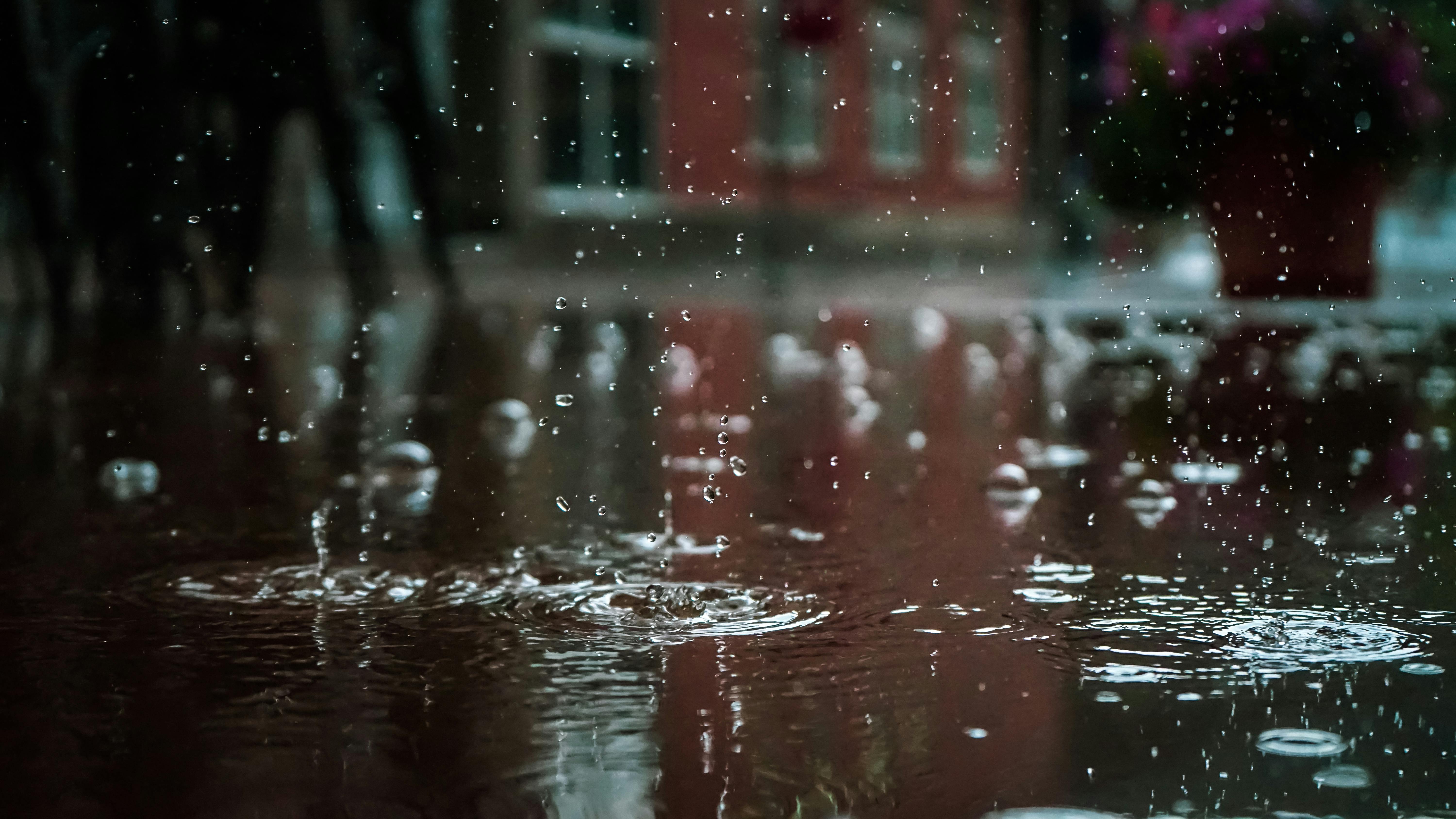By Anna Lexxy Mbucho
During the extended rainy season, which has lasted for several months, Kenya has been struggling with catastrophic flooding. In several parts of the nation, the deluge of heavy rains has caused significant devastation. This leads to losses of property, and, sadly, human lives. These severe circumstances highlight how urgently preventive actions are needed to lessen the effects of flooding and increase future resilience to extreme weather occurrences.
Communities have long been at odds over water scarcity, which has occasionally resulted in arguments and fighting. Lack of a water management system results in significant water loss during the rainy season. Gathering rainwater is one of the most important methods for water conservation. It is possible to collect rainwater on roofs and other impermeable surfaces. It assists in halting surface water discharge. The collected water might be transferred to a pit, tank, or reservoir to store it for later usage. It is also possible to clean and treat it for later use.
The need for freshwater is rising quickly due to urbanization and an expanding worldwide population, which makes water conservation crucial. It is guaranteed, a sustainable supply of water for present and future generations by practicing conservation. Droughts are caused by heavy rains, and water conservation is essential to lessening their effects. Droughts can result in crop failures, food shortages, and unstable economies. During dry spells, conserving water eases the strain on water supplies.
Promoting water-saving behaviors in people, businesses, and agriculture are a few tactics that governments and other organizations can employ to guarantee water conservation. This includes utilizing water-efficient equipment, repairing leaks, and encouraging water-conserving landscaping practices.
Effective irrigation techniques in farming may guarantee that water is not wasted but is used effectively. This can be achieved in agriculture by implementing drip irrigation, micro-sprinklers, and other water-efficient irrigation techniques to reduce water waste and maximize crop yields.
One further method of water conservation is to collect rainwater. For eventual use in landscaping, irrigation, and non-potable home uses, this involves collecting and storing rainwater. Complex cisterns and storage tanks are examples of rainwater harvesting systems, although simple rain buckets are also possible. Waterbutt, a tiny storage tank, direct pumped—submersible or suction—indirect pumped, gravity alone, in-ground storage, and retention ponds are the eight primary types of rainwater harvesting systems. These systems allow for the harvesting, treatment, and storage of floodwaters for later use in different locations.
Greywater recycling is another measure that may be taken to conserve water, particularly after recent severe rains when water is accumulating everywhere. Greywater from daily tasks like washing, drying, and cleaning dishes should be treated and repurposed for toilet flushing and irrigation. Water demand is decreased, and wastewater discharge is kept to a minimum.
Advanced wastewater treatment methods must be implemented, if resources are unavailable, to recover and repurpose treated wastewater for uses other than potable water, such as industrial operations, irrigation, and groundwater recharge.
Conserving water is critical to preserving ecological balance, promoting sustainable development, and ensuring the health of people and the environment. Water waste may be reduced, and extra water can be used to its fullest potential by using sustainable water management systems.

